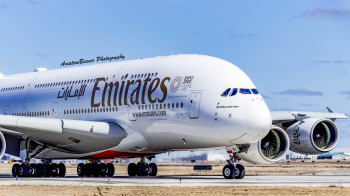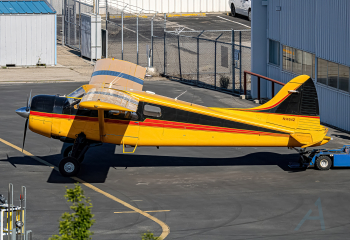Propulsion systems are machines and systems which are used to generate a force in order to move an object. These systems are used in a variety of applications, from spacecraft to cars and ships. In order to understand how propulsion systems work, it is important to understand the various types of propulsion systems and their applications.
The most common type of propulsion system is the Internal Combustion Engine (ICE). This type of engine uses a fuel source, usually gasoline, diesel, or natural gas, which is mixed with air and ignited in order to create an explosion. The resulting force is used to move the vehicle or machine forward. ICEs are used in a variety of vehicles, including cars, boats, and planes.
Another type of propulsion system is the electric motor. These motors use electricity to generate a force which is used to move an object. Electric motors are used in a variety of applications, including electric cars, robots, and elevators. Many electric motors are powered by batteries, although some are powered by a direct connection to an external power source. Electric motors are often more efficient than ICEs and produce less pollution.
A third type of propulsion system is the jet engine. Jet engines use a combination of fuel and air to generate a thrust which propels an object forward. Jet engines are typically used in aircraft, although they can also be used in other applications. Jet engines are very efficient and have a high power-to-weight ratio, making them ideal for high-speed applications.
Finally, there are rocket engines. Rocket engines use a combination of fuel and oxidizer to generate a thrust which propels an object forward. Rocket engines are typically used in spacecraft, although they can also be used in other applications. Rocket engines are incredibly powerful and produce a large amount of thrust, making them ideal for applications requiring high speeds and acceleration.
Propulsion systems are an essential component of any machine or vehicle. Each type of propulsion system has its own unique benefits and drawbacks, and it is important to understand the different types when selecting the most appropriate system for a given application. By understanding the differences between the various propulsion systems, engineers and designers can ensure that their machines and vehicles perform at their highest efficiency.






Comments